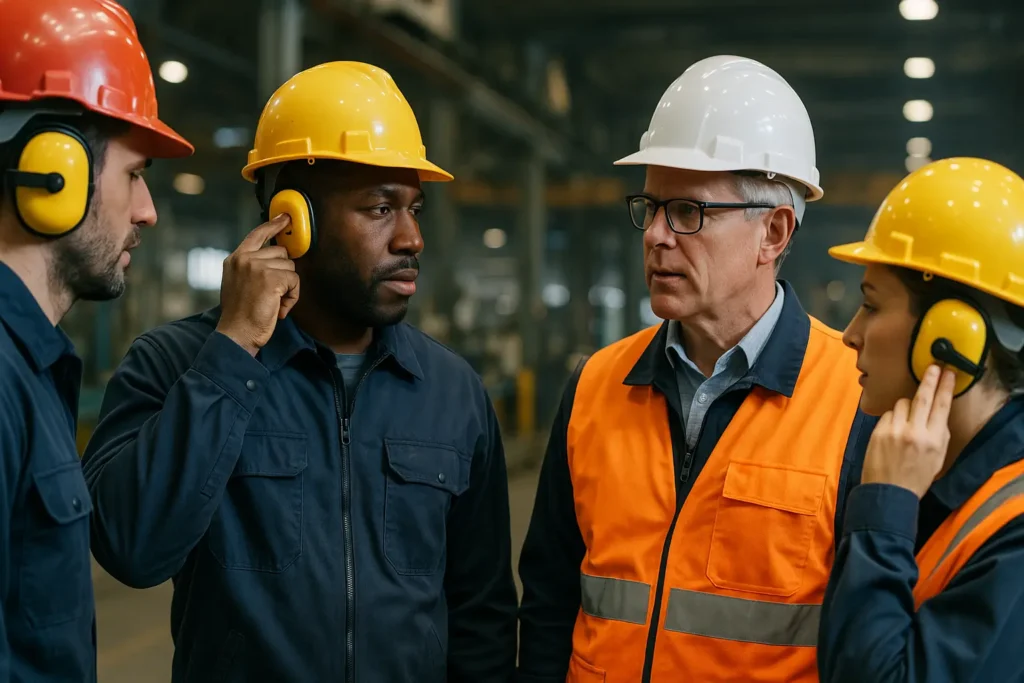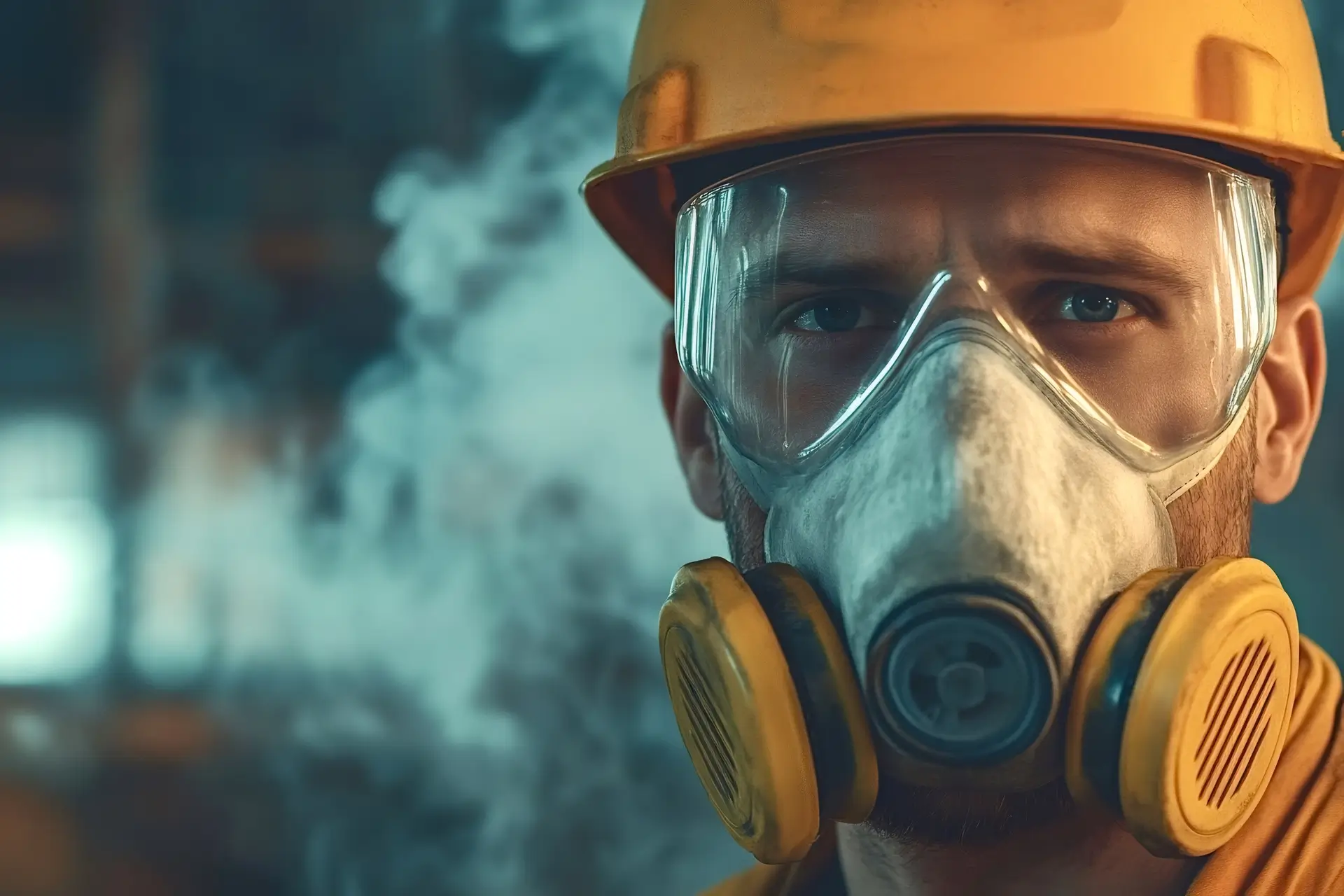Asbestos Statistics that Workers Should Be Aware of
Asbestos can be considered as a thing of the past; however, it is a real and deadly threat to more than one million American workers. Together with other unseen workplace hazards such as noise-induced hearing loss (NIHL), exposure to asbestos indicates persistent workplace health and safety deficiencies. As much as there has been an increase in the awareness of asbestos, recent statistics have highlighted that the dangers of asbestos are still enshrined in our workplaces, industries, and infrastructure.
The Asbestos continued dangers.
Although it has a well-known reputation for being dangerous to health, asbestos still poses threats to workers in various industries in the U.S. It is still legal in a number of applications and is still entrenched in older construction materials like insulation, flooring, and cement products. Mesothelioma Hope states that approximately 1.3 million American employees are exposed to asbestos in the workplace annually, with the most notable cases occurring in the construction, shipbuilding, and industrial repair industries. Consequently, 1,300 individuals die every year in the U.S. because of asbestos-related diseases, such as mesothelioma, asbestosis, and lung cancer
Asbestos Mortality From 1990 to 2024
Long-term statistics give a better picture of the effects of asbestos after long-term exposure.
The Mesothelioma Center says that the number of asbestos-related deaths in the U.S. rose by 20.2 percent between 1990 and 2019.
The global scope of the hazard is underlined by the fact that the UK Asbestos Training Association (UKATA) reported more than 5,000 asbestos-related deaths in the UK each year.
There were 2,257 mesothelioma deaths in the UK in 2022- mainly in men who had past occupational exposure.
Although there are nowadays better safety precautions, these statistics point to the so-called legacy risk of old materials in old buildings and old machines, particularly where asbestos-containing materials (ACMs) are present but not disturbed but still hazardous.
Occupational Hearing Loss: A Twin Epidemic
Although the issue of asbestos is quite significant, it is not the only workplace hazard that cannot be seen. Another health crisis that has overwhelming figures is occupational hearing loss, or rather, noise-induced hearing loss (NIHL).
EHS School (2024) notes that almost one-third of American employees are exposed to hearing loss risk because of the noise at work.
According to the U.S. Bureau of Labor Statistics (BLS, 2023), 14,500 cases of hearing loss illness were recorded in the private sector in the year 2019 alone- equating to 1.4 cases per 10,000 full-time employees.
Among them, 11.4 percent of the overall cases of illness in the workplace were directly related to hearing loss.
This crisis is centered on the manufacturing industry, which has had a long history of high exposure levels.
OSHA Standards and Prevention on Noise and Asbestos Exposure
Asbestos and occupational noise are both within the regulatory jurisdiction of OSHA, and the agency requires a holistic approach to the mitigation of risk within the work environment.
OSHA Safety Requirements Hearing Requirements
OSHA mandates employers to detect workplace noise in workplaces where exposures are more than 85 decibels (dB(A)) in an 8-hour duration. Employers must ensure that they offer efficient hearing protection, perform audiometric testing frequently, educate workers on the safe use of hearing protection, and refer those with suspected hearing impairment to a medical examination in this kind of environment.
OSHA Asbestos safety standards
In the case of asbestos, the OSHA permissible exposure limit (PEL) is 0.1 fibers per cubic centimeter (f/cc) over 8 hours. Employers should conduct air monitoring, provide appropriate respiratory protection, provide decontamination zones, and label ACMs. Workers who are regularly exposed also need to be regularly monitored medically. Non-compliance with these criteria may result in heavy fines and health problems for employees throughout their life.
Effective Prevention Strategies
The most effective defense against noise-induced hearing loss as well as asbestos exposure is a proactive stance. Prevention strategies are not only a compliance issue but an ethical issue.
Noise at the Source Reduction
The first step in controlling noise is through engineering controls such as equipment updating and maintenance. Incorporation of sound-damping and isolation barriers can considerably decrease the level of decibels in industrial environments.
HPDs (Hearing Protection Devices)
Some of the ways that can be used to prevent NIHL include supplying earplugs, earmuffs, or custom-molded hearing protection devices. To be most effective, the employees should be trained on how to use HPDs correctly (EHS School, 2024).
Frequent Hearing Tests
By carrying out hearing tests once or twice a year, employers can detect the early symptoms of hearing problems and prevent damage by taking immediate corrective measures before it is too late
Hearing Conservation Programs
OSHA suggests that high-exposure workplaces should use complete hearing conservation programs, which involve training, monitoring, protective equipment, and follow-up assessments
Hearing Conservation Programs
OSHA suggests that high-exposure workplaces should use complete hearing conservation programs, which involve training, monitoring, protective equipment, and follow-up assessments
Detection and Marking of Asbestos
Before any work is started, an asbestos assessment should be conducted at the worksite particularly when renovating or demolishing old buildings. Any known or suspected ACMs should be labeled properly so that they are not exposed accidentally (The Mesothelioma Center, 2024).
Asbestos Removal Certified
The containment or removal of asbestos should only be done by licensed professionals. Their knowledge guarantees safe working and reduces the release of fibers in the air.
Personal Protective Equipment (PPE)
PPE that should be supplied to workers who work with asbestos should be respirators, disposable suits, and eye protection. There should be decontamination procedures to make sure that fibers are not transported off-site.
The Two-fold Hazard in Manufacture
Both asbestos and noise-related risks are still centered on manufacturing. The Bureau of Labor Statistics reported that 75.9 percent of all cases of hearing loss in the workplace in 2019 were in the manufacturing section (BLS, 2023). The sub-industries such as transportation equipment, food, and fabricated metal manufacturing are especially impacted.
In such settings, 18 percent of employees complain of hearing problems, 14 percent have bilateral hearing loss, and 20 percent claim to have severe hearing loss. Furthermore, a great number of these working places are situated in buildings where asbestos might still be present, which adds to the danger.
Additional High-Risk Jobs
Asbestos and dangerous levels of noise are not only experienced in manufacturing industries but also construction, mining, and the field of public safety. According to NIOSH (2021), 17 percent of mining workers and 16 percent of construction workers complain about hearing loss, and 3 percent in both industries have moderate or worse impairment.
Final thoughts
Exposure to asbestos and occupational hearing loss are both significant, but avoidable workplace risks. Having thousands of lives affected annually, it is necessary to take proactive safety measures, follow the OSHA standards strictly, and educate workers continuously. Health, lives, and safer working conditions of everybody can be safeguarded by awareness supported by action.
Related Posts

$99 OSHA 30 and $45 OSHA 10 Online Courses

October 2025: National Protect Your Hearing Month



